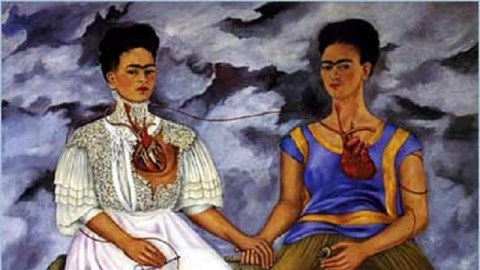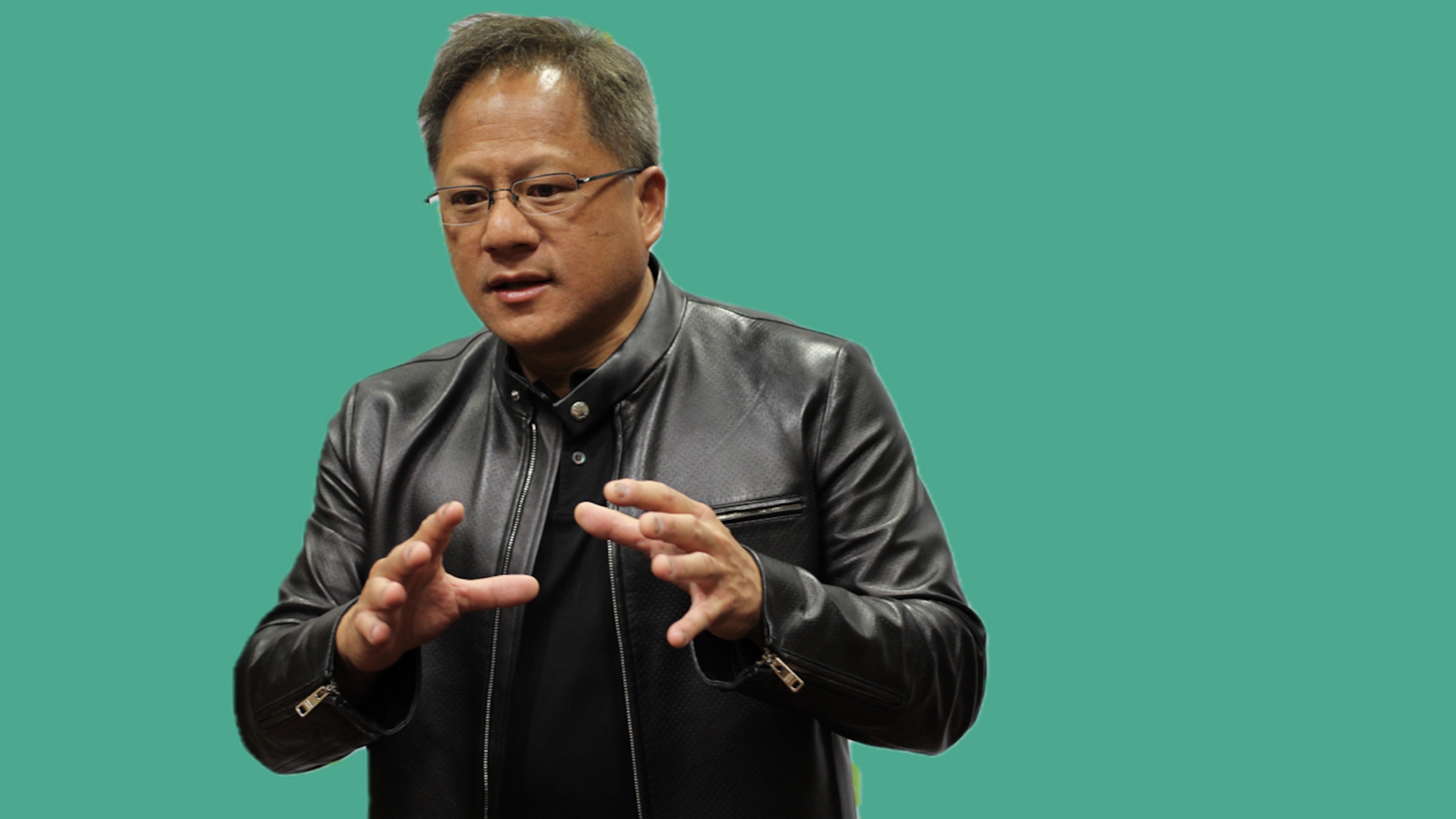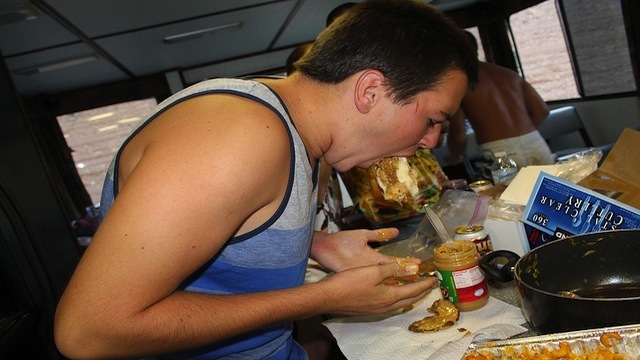Rediscovering Frida Kahlo’s Wardrobe: Feminist Fashion Icon or Cripple Chic?

Since the publication in 1983 of Hayden Herrera’s groundbreaking biography of Frida Kahlo, “Fridamania” in all its forms has flowered around the world. Her art and her appearance have become so intertwined thanks to her powerfully evocative self-portraiture that separating the two seems impossible. And, yet, Kahlo’s signature wardrobe itself eluded scholars for years, thanks to husband and fellow artist Diego Rivera’s request that Frida’s clothing and personal effects be sealed away for 50 years after her death in 1954. Since 2004, curators at The Frida Kahlo Museum, which stands at the site of the famous “Blue House” Kahlo and Rivera shared during their tempestuous marriage, have worked to conserve Kahlo’s clothing. Smoke and Mirrors: Frida Kahlo’s Dresses (a rough translation of the original Spanish title) allows the public not only to see her iconic tehuana dresses again, but also to see the prosthetics and supports Kahlo wore under those dresses to help her cope with her various physical disabilities. As amazing as it is to see Kahlo’s clothing resurface in all its color, I find it slightly disturbing to also see the braces and other devices she never wanted us to see. Smoke and Mirrors possesses a disturbing duality along the lines of Kahlo’s own painting The Two Fridas (shown above). Is opening Frida Kahlo’s wardrobe a triumph of feminist fashion iconography or crass “cripple chic”?
Kahlo wore her tehuana outfits—colorful dresses, elaborate headwear, ornate silver jewelry—as a nod to the southern Mexican region of Tehuantepec from which her mother came. Exhibition curator Circe Henestrosa rejects the idea that Kahlo wore that style of clothing just to please Rivera, whose own art shows his pride in Mexican culture. Henestrosa found a photo in the Blue House showing not just Frida but all the women in the Kahlo family wearing traditional dress, which “symbolize[s] a strong woman” in the spirit of the Tehuantepec women famous for their assuming of market and financial responsibilities as well as for their frank way of speaking, especially to men. Thus, Kahlo’s dresses served simultaneously as aesthetic and political statements, with Kahlo’s own communist convictions adding to the idea of a strong, independent woman. (Video tours of the exhibition can be found here and here, while a virtual tour of the Blue House itself can be found here.)
An underlying issue for Smoke and Mirrors, however, is the disclosure of what Kahlo didn’t want people to see: the corsets, braces, and even prosthetic limb she wore in her battle with lifelong disabilities. Childhood polio whithered Frida’s left leg to a twig, a fact she hid beneath those long tehuana skirts. The famous bus accident that shattered her spine in three places required Kahlo to wear braces and special corsets just to stand. When her frail left leg had to be amputated in her later years, Frida wore a prosthetic limb, again hidden by her clothing. That prosthetic, still wearing the colorful shoe Frida accessorized it with, appears in the exhibition as a testament to her sense of style even in the face of adversity.
Of course, in paintings such as 1944’s The Broken Column, in which Kahlo painted herself topless save for an elaborate brace surrounding the “broken column” of her spine, Kahlo puts her disability and her back brace front and center. But judging from her everyday choice of long, flowing skirts and Diego’s request, I get the feeling that Frida preferred to be seen as the strong, colorful woman she was rather than the crippled (physically and, thanks mainly to Diego’s cruelties, emotionally) woman beneath that façade. The Broken Column, for example, reveals her spinal injury, but tellingly hides her polio-stricken leg. Even when Frida did expose her vulnerability, she did it on her very specific terms.
Because of Frida’s fierce independence and highly managed image, I’m not sure how she’d feel about these artifacts going on display beyond her control. What might be worse is the transformation of some of these items into a strange kind of “cripple chic.” The Mexican version of Vogue commissioned French fashion designer Jean Paul Gaultier to create new outfits inspired by Kahlo’s clothing. In a response straight out of a Project Runway challenge gone horribly wrong, Gaultier designed three corsets of leather and other materials that mimic Kahlo’s medical devices for the runway (scroll down to see them here). Vogue magazine ran a fashion spread on Kahlo back in 1937, when she was known more as the colorful companion of the more famous and infamous Rivera than for her own art. Of course, Kahlo displayed herself in the Vogue piece at her most personally iconic and nationalistically proud in donning tehuana garb. The exhibition goes far in recreating that magical moment for Frida, but undercuts the magic by pulling Kahlo down and fetishizing her disability.
Perhaps I’m bothered by this display more after coming fresh from reading (and reviewing) Camille Paglia’s Glittering Images: A Journey Through Art from Egypt to Star Wars, in which she reiterates her long-standing problems with Kahlo’s and Kahlo’s endless fascination with her “ailments, accidents, and surgeries, which she graphically detailed in grisly paintings of symbolic martyrdom.” I don’t agree with Paglia that Kahlo’s merely a self-proclaimed symbolic martyr, but I do see how that side of Kahlo’s life and art tends to overpower all the rest of her achievements. The pitfalls of portraying disability poorly are many: Kahlo could become a Helen Keller-esque “supercrip” setting an almost unattainable, inhuman standard for coping; or the festishization of the relics of her disability could reach a pseudo-religious, pseudo-sexual, or pseudo-both level. When I say pseudo-sexual, I’m thinking of the (unintended?) effect of Salma Hayek as Kahlo in the film Frida, specifically in the scene where Hayek as Frida voluptuously emerges nude from a full body cast following surgery (just one of several nude scenes). Yes, it revealed the extent of Kahlo’s suffering, but that scene also revealed a whole lot more.
When designers imagined The Franklin Delano Roosevelt Memorial they, too, had to come to grips with depicting a great individual with a disability. Just as FDR himself deftly stage-managed his disability with leg braces and strong arms to hold on to, the memorial itself originally minimized his affliction. However, 4 years after the memorial’s dedication, The National Organization on Disability raised enough money to add another statue clearly showing FDR in a wheelchair (based on one of the rare photos of him in one). But where FDR and Frida differ greatly is that FDR stood as the most powerful man in the world, whereas Kahlo, during her lifetime, wasn’t even the most famous artist in her family. FDR hid his disability in the name of national security, reasoning that a weak leader implies a weak nation, but Kahlo hid her disability in the name of personal and feminist independence and strength. Smoke and Mirrors certainly celebrates the colorful persona Kahlo showed to the world long before it appreciated her art, but in peeking beneath her skirts and turning those revelations into a Vogue spread, it also does the great woman and artist a disservice.
[Image:Frida Kahlo. The Two Fridas, 1939 (detail). Image source.]





